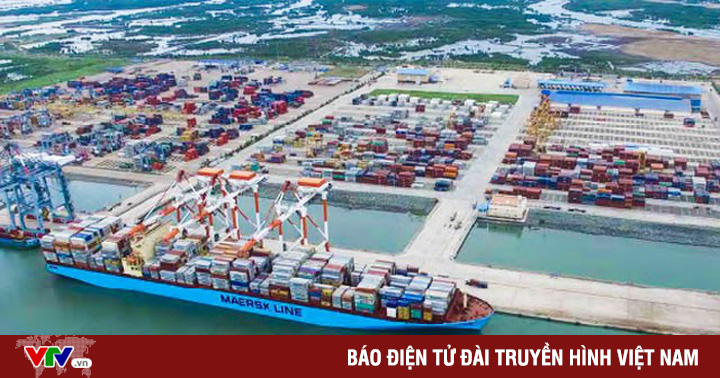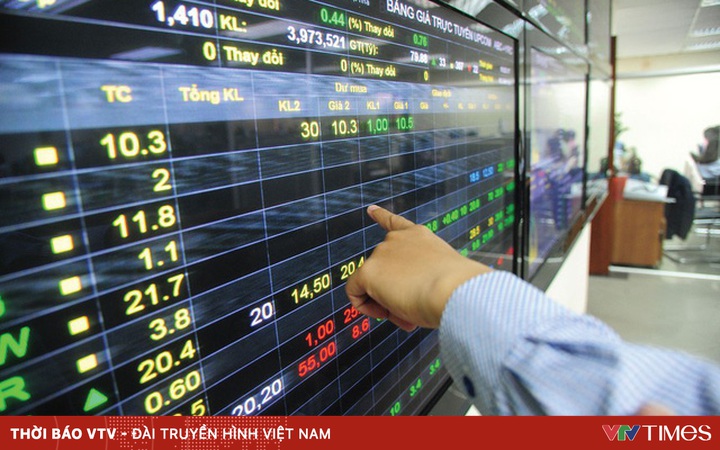Building a brand of Vietnamese litchi
Since 4 years ago, fresh lychee from Vietnam has been approved by the US side. But so far, the output of fresh lychees exported to this market is still quite modest. After 2 years of focusing on the Japanese market, this year many businesses and growing areas continue to push into the US market, a potential but rather “fastidious” market, requiring high quality, with requirements for Quarantine, strict food safety.
Bac Giang plans fabric export Thieu to America
When coming to Bac Giang, it is not difficult for us to come across gardens growing lychee meet Global Gap or organic standards. These organic lychee gardens are all coded according to IRADS standards issued by the US to farmers in Bac Giang. Carefully monitor and log every day to ensure that litchi plants do not have pesticide residues.
Ms. Do Linh Nham, Deputy Director of Global Company, said: “We have to comply with the regulations of this market for Vietnamese litchi, from packaging to pesticide residues. , always follow the right process to enter the US market. Our goal to enter the US market this year is about 20 billion dong.”
Importers in the US said that Vietnam’s litchi fruit has a characteristic sweetness and aroma, so it is very popular in this market, although the price of a kilogram of Bac Giang lychee sold in the US is much higher. three times that of fabrics of other countries.
A representative of Bac Giang province said that the province’s lychee output this year is expected to be over 160,000 tons. Of which, there will be about 1,600 tons of lychee with IRADS code granted by the US to be exported to the US, Australia and EU markets.

Bac Giang lychee has now been exported to over 30 countries and territories. (Photo: VNA)
Advantages and challenges in exporting fabrics to the US
Data just released by the US Department of Agriculture shows that in 2020, despite the impact of the COVID-19 epidemic, the country still imported 20.5 billion USD of fruit. In 2021, the value of fruit imports into the US will reach 22.6 billion USD. This shows that the US is a potential market for Vietnamese fruits in general and lychees in particular when this is one of six fruits our country has exported to the world’s largest economy in the past few years. To better understand the potential of lychee, reporter VTV Business Finance Newsletter had an interview with reporter Le Minh, Resident of Vietnam Television in the US.
Hello Mr. Le Minh, how do you evaluate the advantages and challenges of Vietnamese litchi when exporting to the US market?
Reporter Le Minh: The US market is indeed very potential for Vietnamese fruit exports, however, the actual export volume so far is still very limited. The first reason is competitiveness. For example, Vietnamese lychee fruit after customs clearance at Los Angeles airport is priced at 450,000 VND/kg, while Mexican lychee is currently being wholesaled at 200,000 VND/kg and Chinese lychee is currently being offered for sale at a price of 200,000 VND/kg. 140,000 VND 1 kg. The price of Vietnamese fruit is many times higher than that of similar products, mainly due to transportation costs.
It is estimated that air freight currently accounts for 70 to 80% of the cost of 1 kg of fresh lychee in Vietnam when it comes to the US. Particularly for litchi and other fruits grown in the North, they also have to bear the cost of transporting them to the South for irradiation at the request of the US side. In addition, we still have limitations in promoting and introducing this type of product.
So in your opinion, how to increase lychee production in particular and Vietnam’s fruit in general exported to the US?
Reporter Le Minh: In order to increase the amount of Vietnamese fresh fruit exported to the US, the first important thing is to ensure quality, especially food hygiene and safety. Second and foremost, there must be solutions to minimize shipping costs and ensure quality during transportation. This requires close linkages, information sharing and benefits among growers, exporters, carriers and importers. The third is to strengthen advertising and product introduction activities to expand the consumption network beyond the traditional areas.
Currently in the US there are many Vietnamese-American businesses with large capacity and distribution networks, including mainstream US supermarkets. These businesses operate in many states, especially those with large Vietnamese populations such as California, Oregon or Texas. These are the focal points that Vietnamese businesses need and can connect through business associations, diplomatic missions, consulates or Vietnamese trade in the US so that Vietnamese fruits are known and sold. in this potential market.
Continue to bring fresh lychees for export to the Chinese market

It is currently the time in Bac Giang or Hai Duong, litchi farmers are quite busy with the harvest. The Chinese market has always been a traditional market, consuming most of Vietnam’s fresh litchi. Currently, China is still implementing the “Zezo Covid” policy, so it is forecasted that the export of lychee to this market will continue to be difficult. However, businesses and local authorities where there is a border gate with China have planned to soon implement the green channel so that lychee can be exported most smoothly.
From the beginning of June, lychee was included in the priority item for early clearance procedures with priority lanes of the day at the border gates of Lang Son province.
Senior Lieutenant Dong Dinh Yen, Deputy Head of Tan Thanh Border Guard Station, Lang Son, said: “We determine the peak time is from 7 am to 9 pm, priority is given to the lychee shipment. After exporting lychee products, we will export other products.”
Mr. Nguyen Tien Bo, Director, Huu Nghi International Border Gate Customs Branch, Lang Son province, said: “This month there are many crops of agricultural products in the North, especially lychee and longan exported to China. We have discussed with you to create favorable conditions for a priority road for Vietnamese agricultural exports.”
Lang Son province also strengthens the arrangement of wharves and yards, regulates traffic, expands the “safe green zone” at the border gate, adapting to the epidemic prevention requirements of the two sides.
Particularly for the Chinese market, businesses also expand their export market share by selling through e-commerce channels. The stall on this business’s Alibaba site is currently selling lychee and many other agricultural products.
Ms. Ngo Thi Thu Hong, Director of Ameii Vietnam Joint Stock Company, said: “We combine selling both B2B and B2C, putting goods on e-commerce sites mainly to promote products and customers. The customer will come to me later to ask for the goods and close the order”.
According to the enterprise’s estimate, the source of foreign customers who contact to buy fabric from research on e-commerce sites accounts for about 30%.
Promoting the brand of Vietnamese lychee fruit into the EU, Japan, and US markets with quality and freshness, continuing to maintain and improve the value of litchi in traditional markets like China… is the way that Vietnamese litchi fruit Nam is gradually building a brand on the map of world agricultural products. It is expected that this year, the output of lychee exported to markets will be about 120,000 tons.
* Invite readers to watch programs broadcast by Vietnam Television on TV Online and VTVGo!
at Blogtuan.info – Source: vtv.vn – Read the original article here



